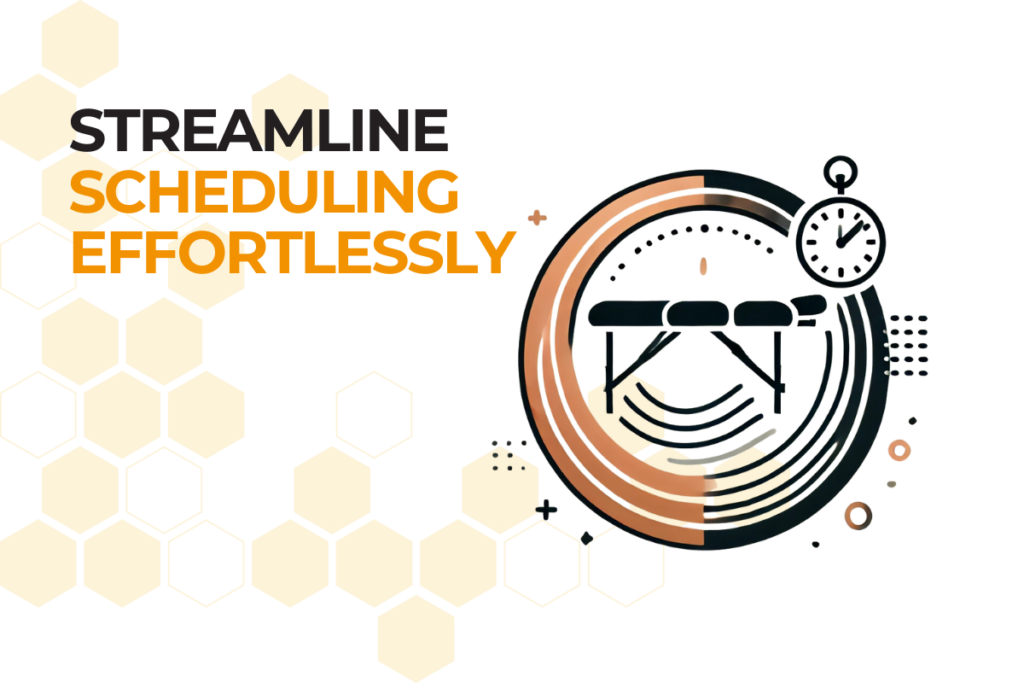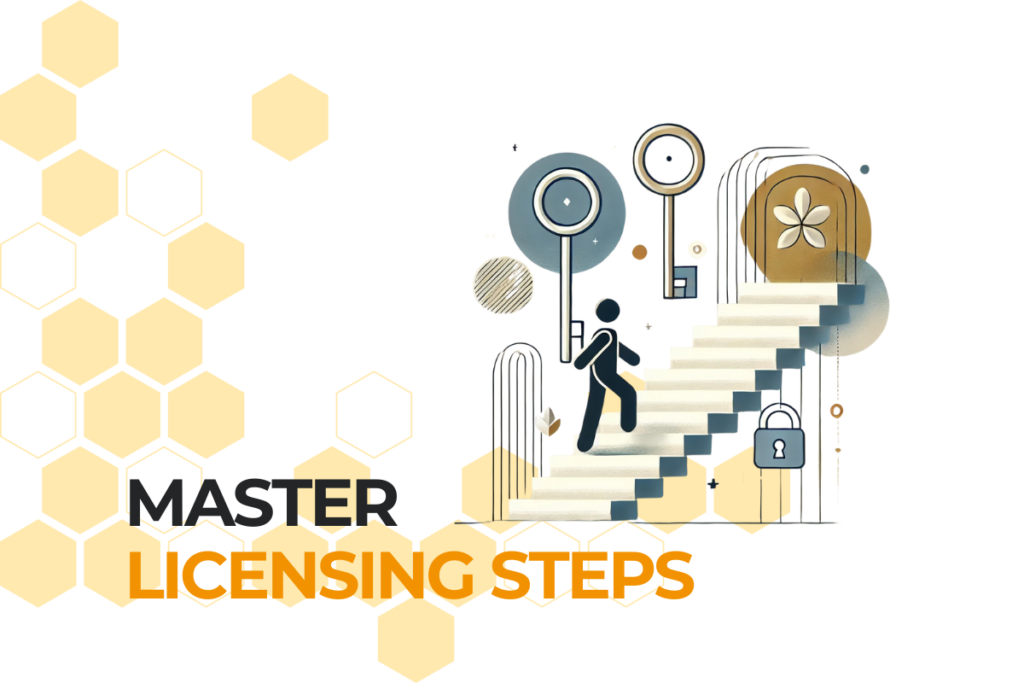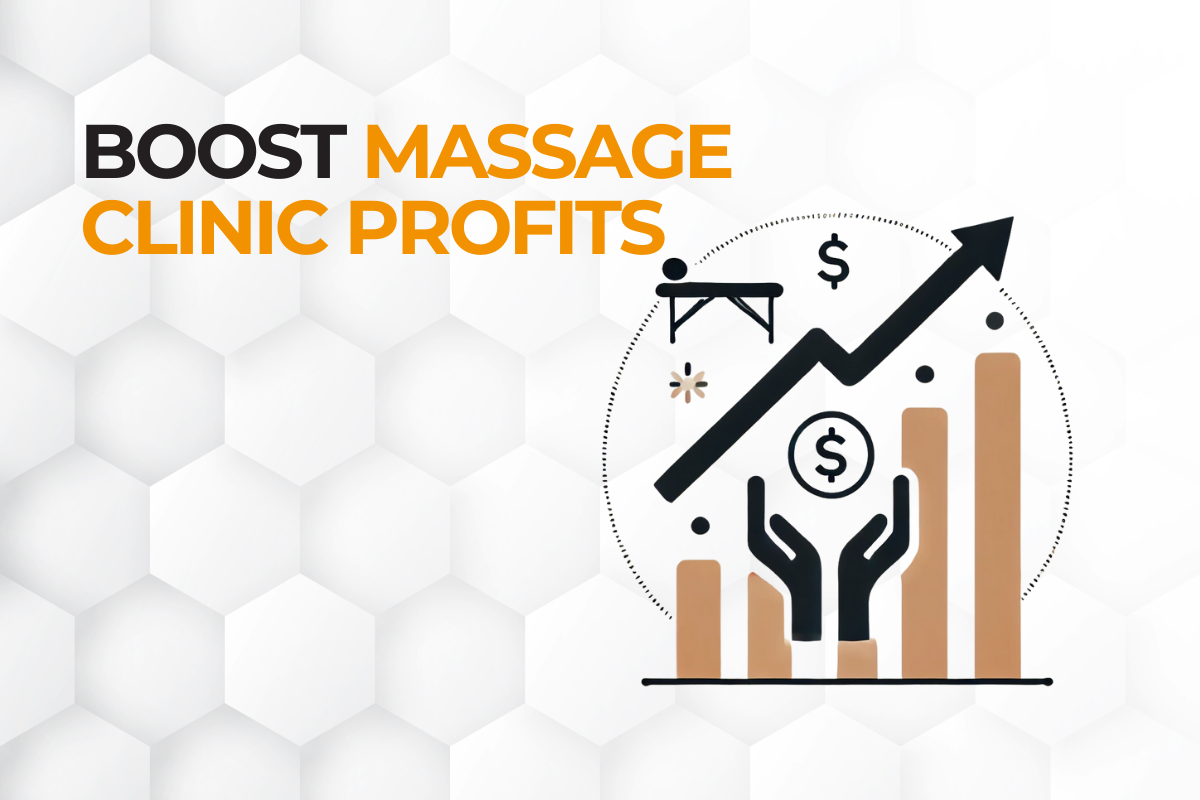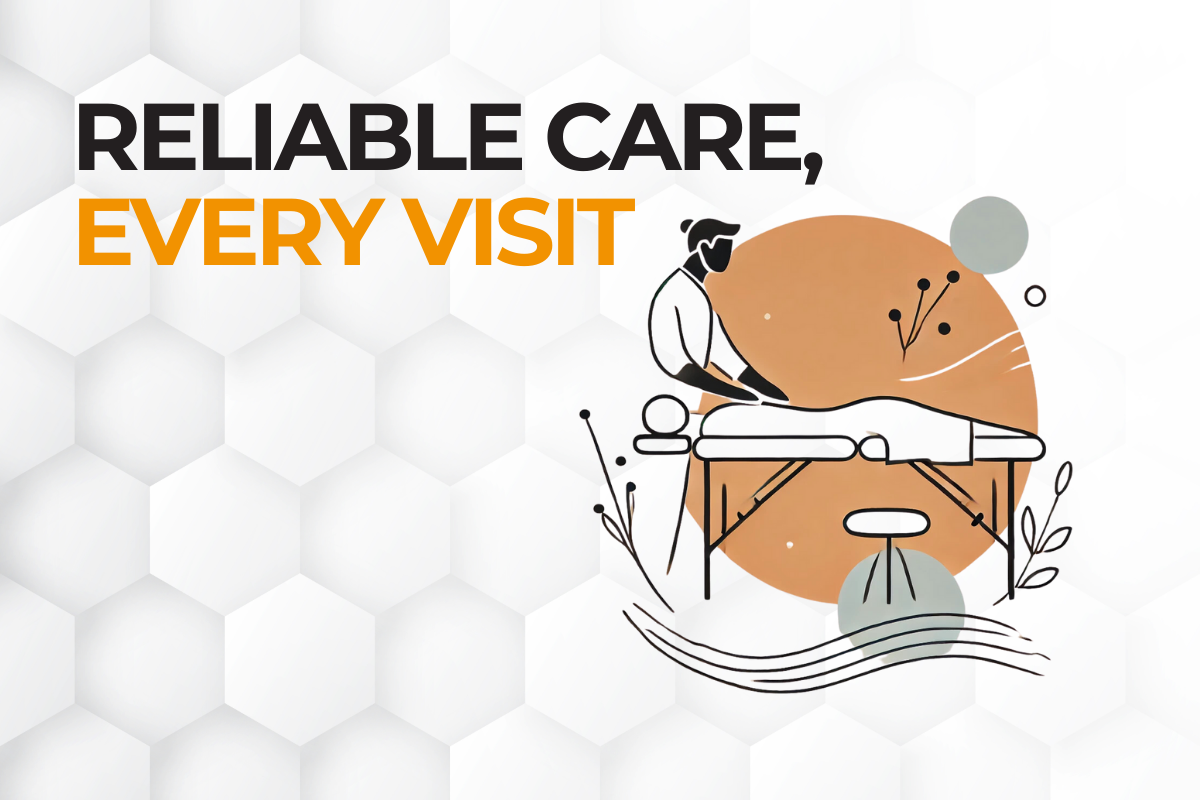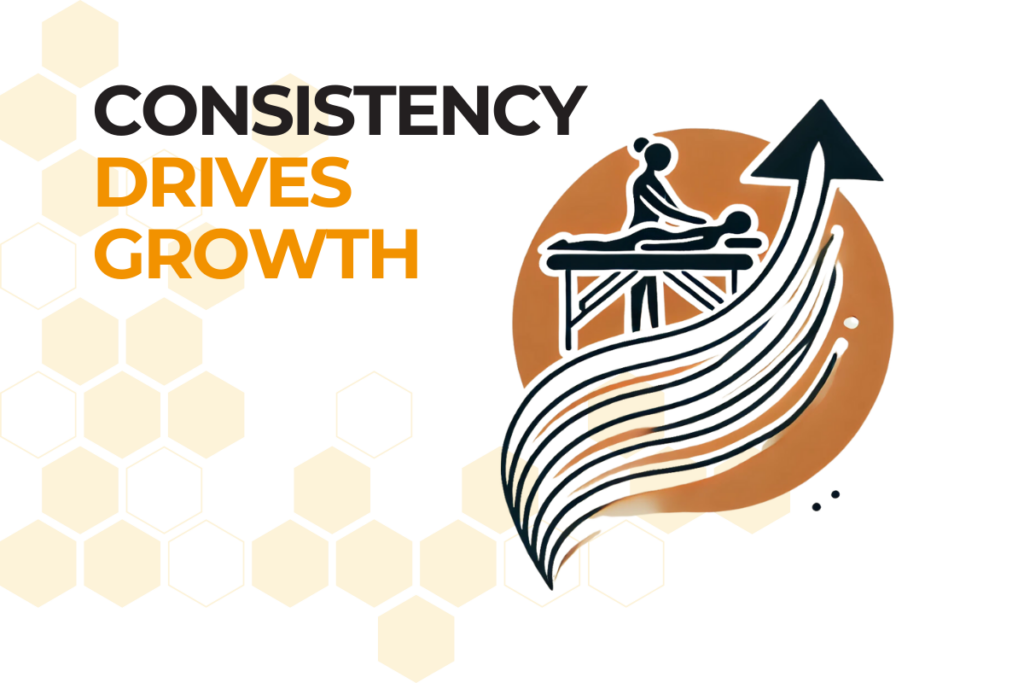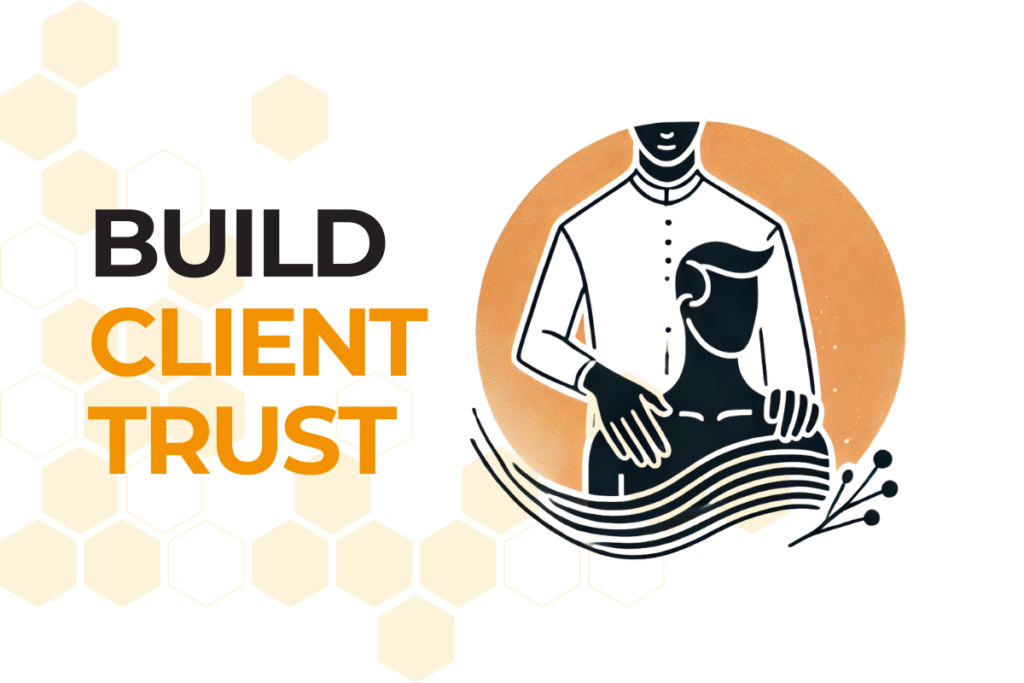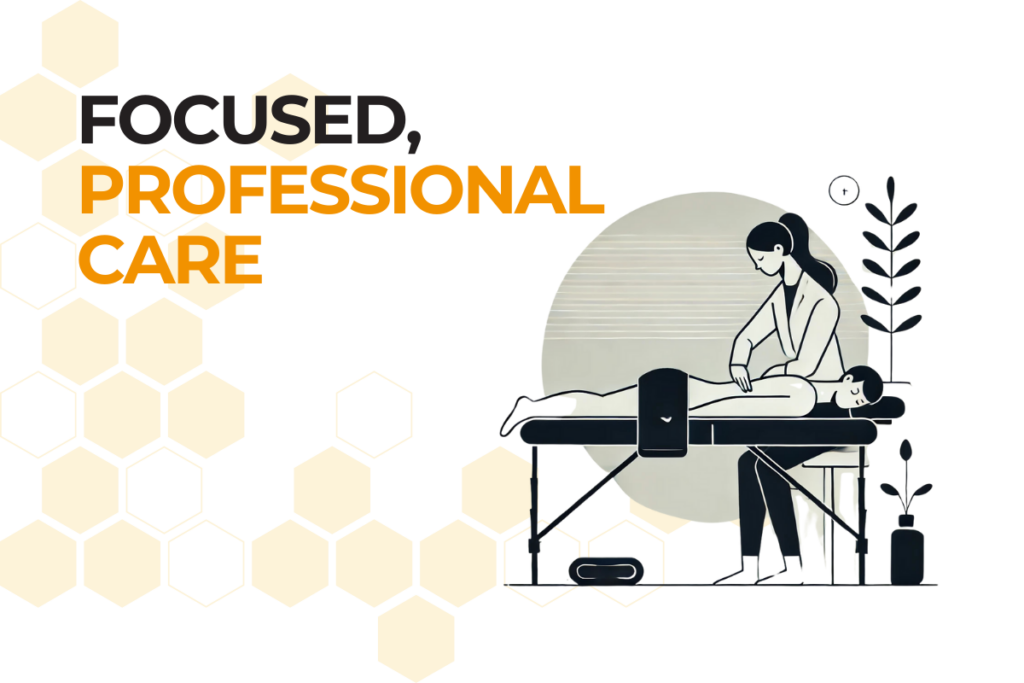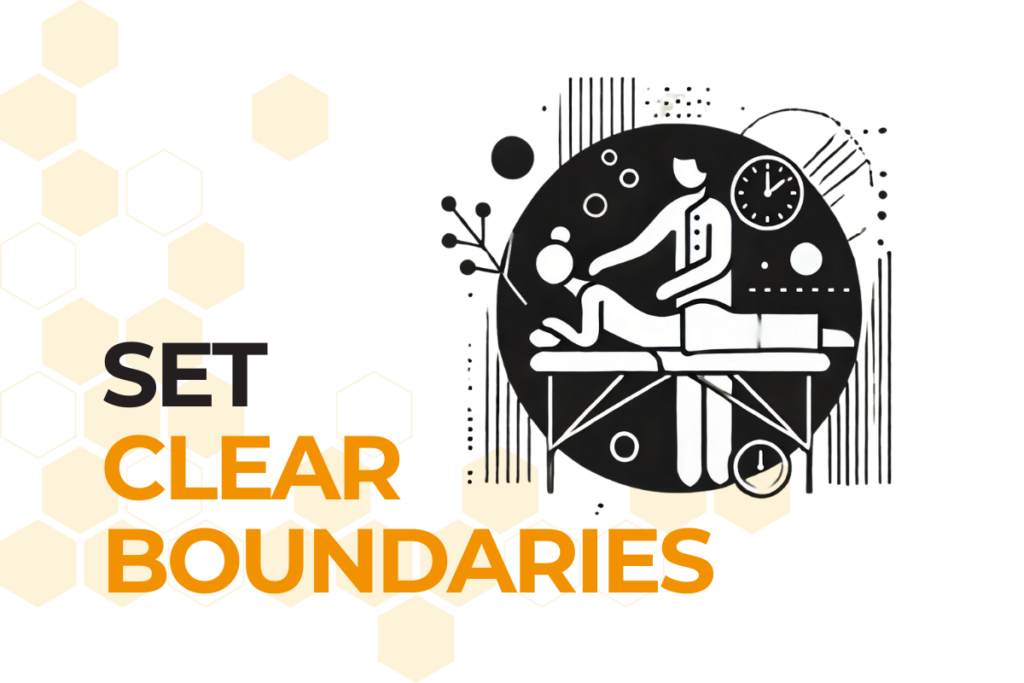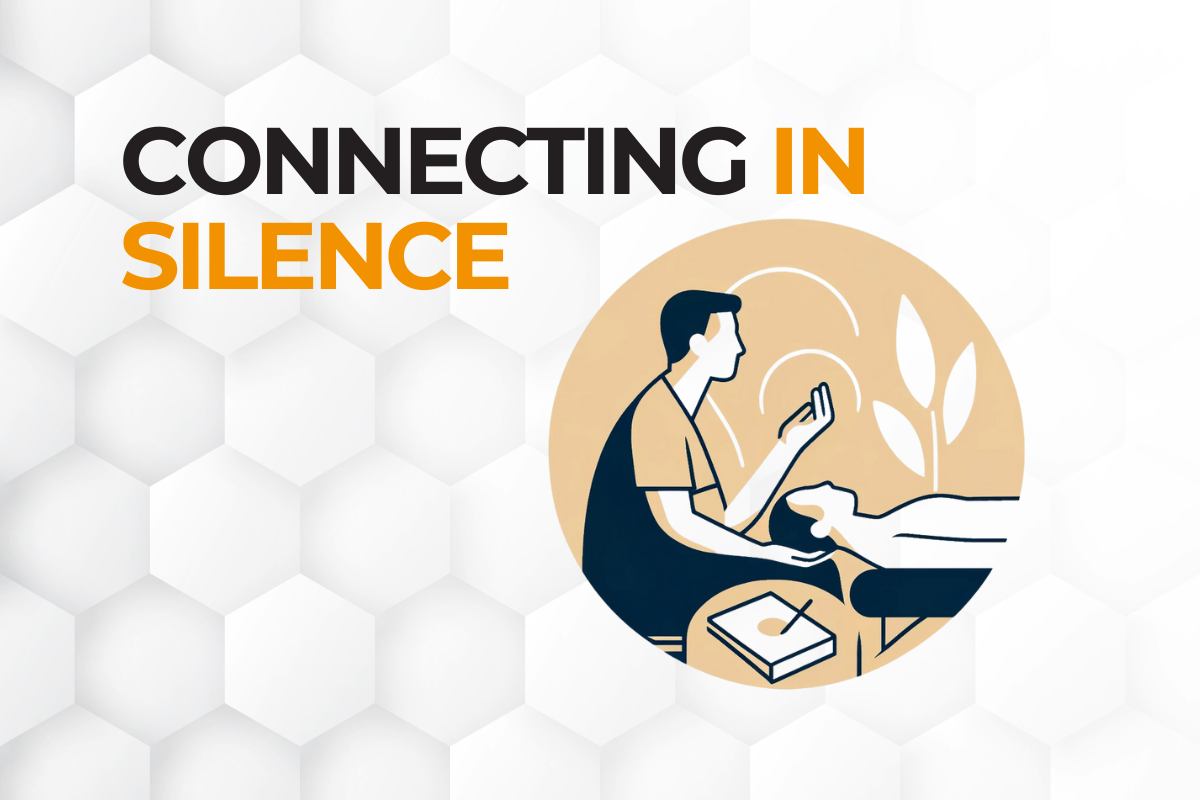A Roadmap for Overcoming Common Challenges
Fostering a culture of continuous improvement for massage therapy clinics can feel overwhelming for clinic owners. The daily demands of managing operations, meeting client expectations, and supporting staff often leave little room to step back and evaluate processes critically. It’s easy for improvement efforts to take a backseat when immediate tasks dominate your attention.
However, neglecting continuous improvement may lead to stagnation, missed opportunities, and long-term inefficiencies. Embracing change, on the other hand, can yield transformative benefits—consistently better client outcomes, a more engaged and motivated team, and a thriving, future-ready business. By focusing on incremental adjustments and strategic planning, even the busiest clinics can make improvement a manageable and rewarding priority. This guide offers actionable strategies tailored to your unique challenges, helping you seamlessly integrate a culture of growth into your clinic.
Why Continuous Improvement for Massage Therapy Clinics Matters
Continuous improvement for massage therapy clinics isn’t just a buzzword; it’s a proven method for enhancing service quality and operational efficiency. For massage therapy clinics, embracing this approach can lead to:
- Elevated Client Satisfaction: Refining processes ensures consistent, enjoyable client experiences.
- Stronger Team Engagement: Therapists feel valued when involved in discussions about improvement, fostering loyalty and collaboration.
- Increased Profitability: Streamlined workflows and reduced inefficiencies lead to tangible financial gains.
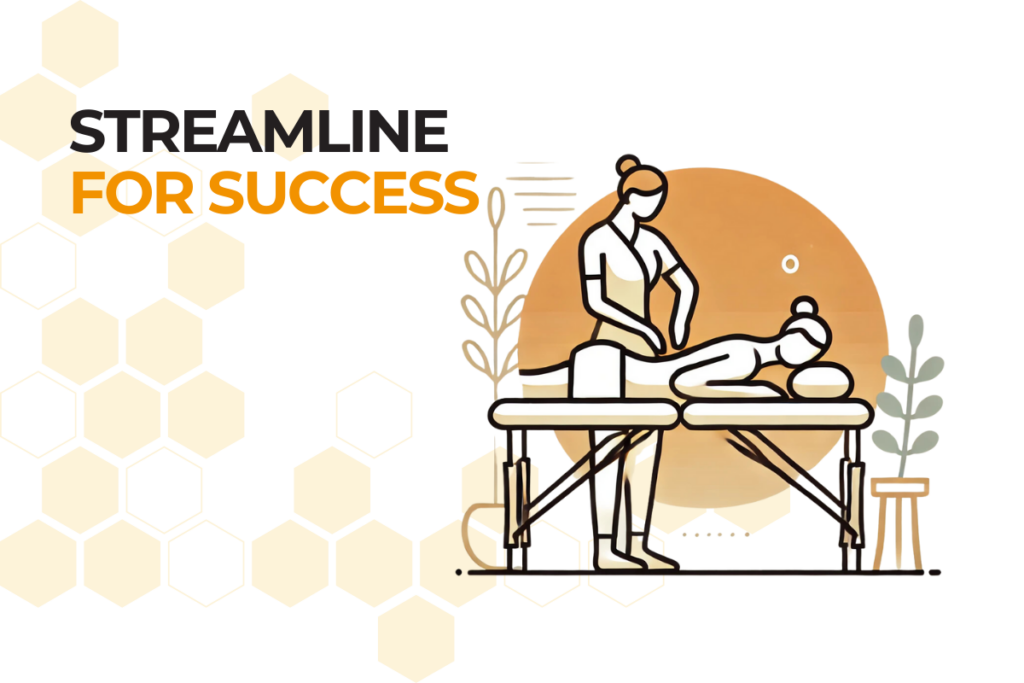
Common Barriers to Continuous Improvement
Time Constraints: Balancing Daily Operations and Innovation
Clinic owners and staff often feel there aren’t enough hours in the day to evaluate and enhance processes. Prioritizing urgent tasks over long-term strategies becomes a recurring challenge.
Resistance to Change Among Staff
Massage therapists may resist new methods, particularly when they are comfortable with established routines. Burnout can further diminish enthusiasm for training or new initiatives.
Limited Resources in Small Clinics
Tight budgets can make it difficult to invest in tools, training, or time for sustained improvement efforts.
Lack of Defined Goals
Without clear objectives, continuous improvement efforts can feel aimless and inconsistent, leading to frustration and wasted resources.
Actionable Steps to Overcome These Barriers
1. Integrate Improvement Into Daily Routines
- Dedicate 15 minutes during team meetings to discuss potential enhancements.
- Use downtime to evaluate client feedback and brainstorm practical solutions.
2. Foster Team Engagement
- Involve therapists in decision-making by asking for input on policies or new techniques.
- Celebrate small wins to build team momentum and morale.
3. Prioritize High-Impact Investments
- Focus resources on tools like client management software or training programs that deliver measurable results.
- Use automation to streamline administrative tasks, freeing up time for improvement initiatives.
4. Set SMART Goals
- Example: Increase client retention rates by 15% over the next six months through enhanced scheduling and follow-up systems.
- Track progress regularly to ensure accountability and allow for adjustments.
Real-Life Success Stories
How One Clinic Improved Client Satisfaction by 30%
A small clinic in Edmonton introduced a monthly feedback survey to identify areas for improvement. Using client suggestions, they implemented personalized follow-up emails and treatment plans, achieving a 30% increase in satisfaction scores within three months.
Streamlining Operations for a 15% Cost Reduction
In Sherwood Park, a clinic used process mapping software to identify inefficiencies in scheduling. By optimizing appointment times and automating reminders, they reduced no-shows and cut administrative costs by 15%.
Tools and Resources to Support Continuous Improvement
- Feedback Collection Systems: Tools like online surveys help gather actionable client insights.
- Automation Software: Solutions that automate scheduling and follow-ups reduce administrative burdens.
- Ongoing Training: Workshops and certifications for therapists improve service quality and team morale.
For more information on how automation can simplify your clinic’s operations, explore the Hivemanager features for streamlining workflows.

Sustaining a Culture of Growth
1. Monitor Progress with KPIs
Track key performance indicators, such as client retention and therapist satisfaction rates, to measure success and identify areas for improvement.
2. Hold Regular Review Meetings
Schedule quarterly sessions to review progress, celebrate achievements, and refine strategies for the future.
3. Build a Learning Environment
Encourage therapists to stay informed on industry best practices through ongoing education and collaborative discussions.
By embedding a mindset of improvement into your clinic’s culture, you’ll ensure lasting success and satisfaction for both clients and staff.
Building a Future-Ready Clinic Through Continuous Growth
Fostering a culture of continuous improvement doesn’t require massive changes overnight—it’s about committing to small, intentional steps that lead to significant, lasting impact. By addressing challenges like time constraints, staff resistance, and limited resources, you can create a dynamic environment where innovation thrives, and everyone—from clients to therapists—benefits.
With clear goals, collaborative effort, and the right tools, your clinic can stay ahead of industry trends, provide exceptional service, and foster a supportive, growth-oriented atmosphere. The journey to improvement begins with a single step. Start today, and watch your clinic evolve into its full potential.
FAQs
Start by involving them in the decision-making process. Show how changes will benefit their work, and celebrate early wins to build trust and enthusiasm.
Look for client management systems with automation capabilities and free or low-cost online survey platforms to collect feedback.
Quarterly reviews work well for most clinics, but monthly check-ins can help maintain momentum during the early stages of implementation.
Yes. Start with small, client-focused changes like improved scheduling or follow-ups. Communicate transparently with clients about any adjustments that enhance their experience.
By addressing these challenges head-on, you can foster continuous improvement for massage therapy clinics, creating lasting benefits for clients, staff, and your business.




